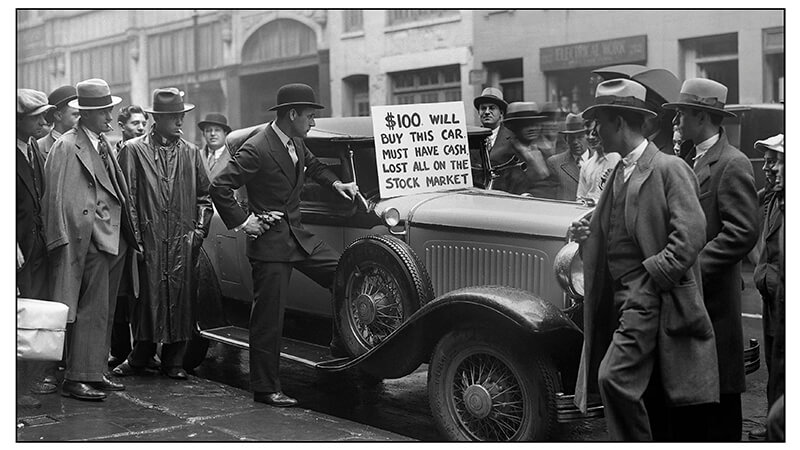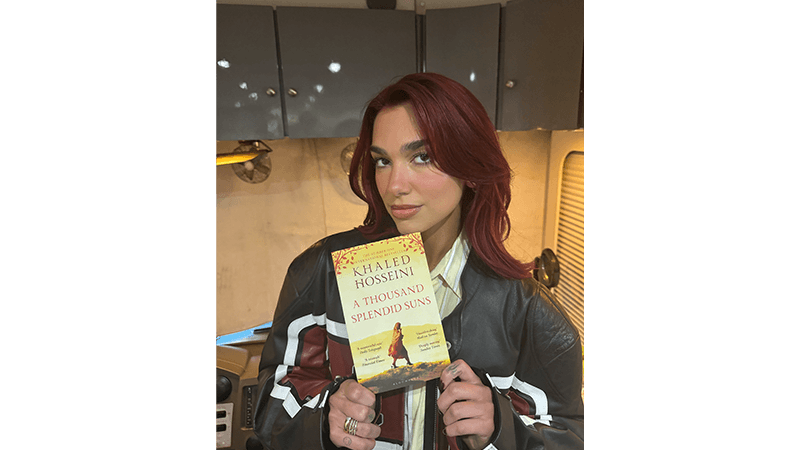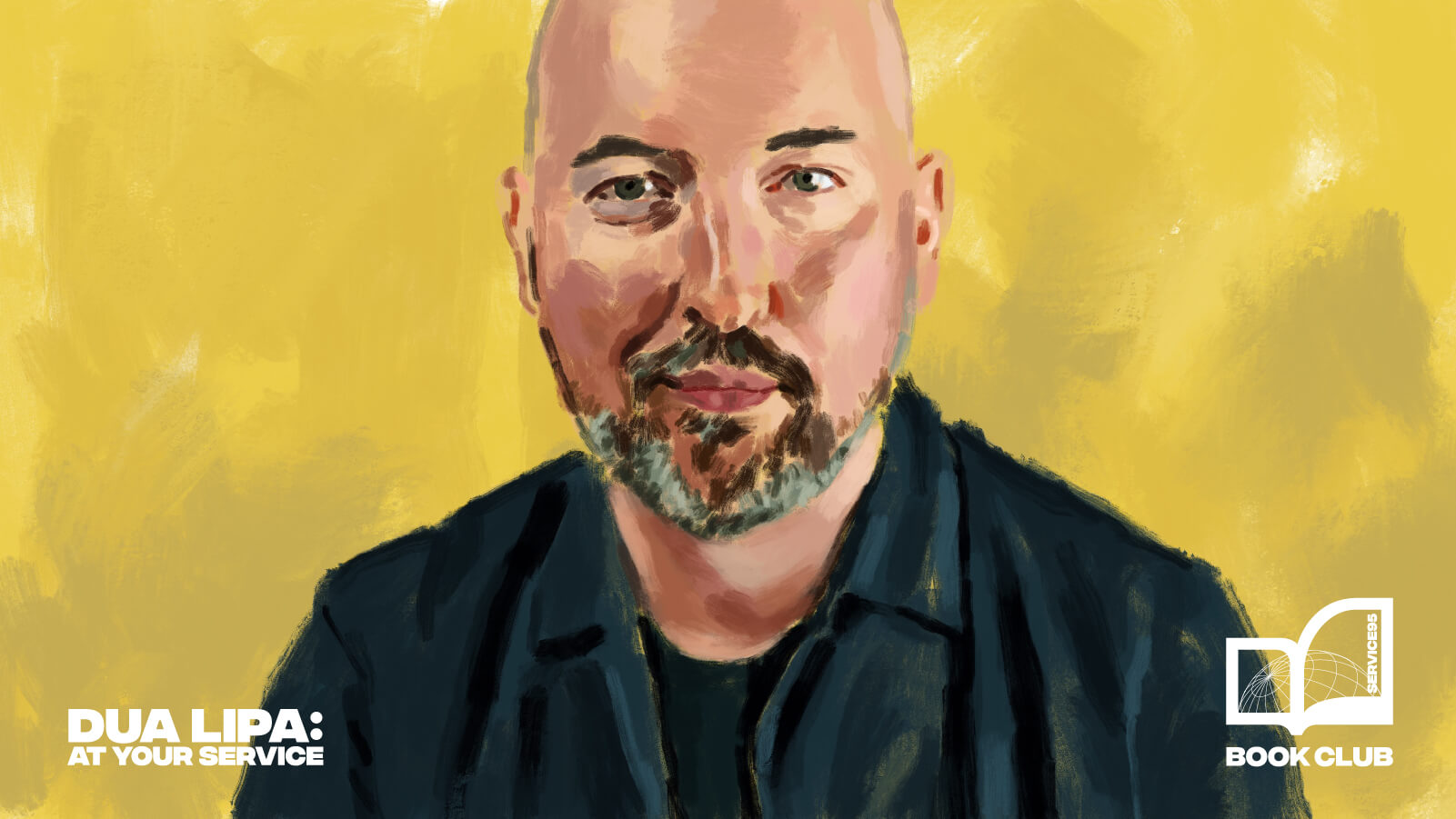Trust, The Roaring Twenties And The Wall Street Crash
Dua’s Monthly Read for March is Trust by Hernan Diaz, a book telling four different stories about a wealthy financier and his wife in 1920s Manhattan. Here, we explore the city during this time and throughout the Wall Street Crash of 1929.
At the heart of the novel Trust by Hernan Diaz is the myth of the ‘American Dream’: the idea that anyone can make a fortune, whatever their background. It’s a myth because it disguises a heavily unbalanced class system, where wealth – originally obtained often by exploitation of African slaves, or land expropriated from Indigenous Americans – endures down privileged generations. And as each new ruling class increases the wealth of a few, it tells itself the same story: that its wealth was fairly won, and that its privilege serves the interests of everyone.
The hollowness of this myth is exposed by Diaz’s fictional character Andrew Bevel, a financier who achieves untold wealth in the New York stock market of the Roaring Twenties. This post-First World War era of consumerism, the Jazz Age, Art Deco and cinema was paralleled by an immense boom on Wall Street.
Before the Roaring Twenties was the Gilded Age, dominated by ‘robber baron’ industrialists such as Andrew Carnegie (steel), Cornelius Vanderbilt (railways), and John D Rockefeller (oil). Their money was on public display: the Vanderbilts took over an entire stretch of Fifth Avenue in New York by building palatial mansions between 51st and 57th Streets, a stretch that became known as Vanderbilt Row.
Because of the power and wealth of their owners, trusts – which were corporate groups in modern industries like oil and railways – became politically controversial, and early 20th-century US presidents such as William McKinley and Teddy Roosevelt pursued ‘trust-busting’ populist agendas. US Congress passed ‘anti-trust’ acts in 1890 and 1914 to promote fairer competition.
Standard Oil was the pre-eminent trust, making its chairman John D Rockefeller perhaps the wealthiest American of all time. It was broken up by the Supreme Court in 1911, but such was its power that Standard Oil’s successor companies became titans in their own right: Exxon formed out of Standard Oil of New Jersey, Mobil out of Standard Oil of New York, Chevron out of Standard Oil of California, to name just a few. In Trust the novel, the character Ida Partenza shows parallels with the real historical figure Ida Tarbell, a ‘muckraking’ journalist who devoted years to researching and exposing the excesses of Rockefeller and Standard Oil.
Andrew Bevel’s character may also owe something to John Pierpont Morgan, still famous today as the original JP Morgan. The outsize power of private bankers such as Morgan in the US economy led to the creation of the Federal Reserve in 1913 – before that time the United States had no central bank. There were women stockbrokers in the 1920s, some surprisingly successful, but they have been largely neglected in historical accounts.
The boom of the Roaring Twenties ended suddenly with the 1929 Wall Street Crash, as investors rushed to sell overvalued stocks before they became worthless. The crash also affected ordinary people, who often bought shares for 10% of their value and borrowed the rest, using the shares themselves as collateral for the loan. This worked until the value of the shares plummeted, driving widespread bankruptcy.
Following the Crash came the Great Depression, when a fifth of working-age Americans were unemployed. Bankers such as Andrew Bevel became targets of popular hatred as they were suspected of profiting from the miseries of others. Banking is an industry built on trust – millions of Americans had trusted these men with their money, and now they had nothing.




